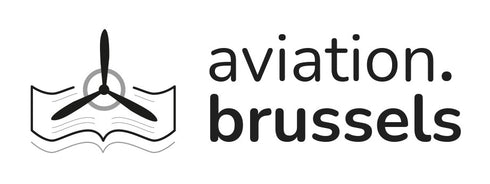LUFTWAFFE OVER CZECH TERRITORY 1945













Prix régulier 199,00 € TTC 6%
Characteristics
| Book cover finish | Hardcover ( rounded spine binding ) |
| Condition | LIKE NEW |
| Special feature | Dust jacket |
| Number of pages | 263 |
| Published date | 2001 |
| Language | English |
| Size | 24 x 32 cm |
| Author | Rajlich, Jiri, Stanislav Kokoska |
| Editor | Japo Publishing |
Description
In early 1945 it became quite obvious that German armies were fighting a lost struggle and that their final defeat was just a matter of time. However, the fanatic top command and fears of the Nazi regime still rallied the armed forces and would not stand any defeatism. Despite the fact that most soldiers were very well aware of the looming outcome.
The same applied to the Luftwaffe, which never recovered from heavy casualties on personnel and equipment it suffered in 1944, but continued its stubborn resistance. Throughout the war Bohemia was a peaceful rear territory and was widely used for Luftwaffe personnel training. The same could be said at the beginning of the final war year but then the situation began to change.
After retreat from all fronts, the area of the Third Reich shrank and a number of Luftwaffe units were transferred to the region. Shortly after New Year’s Day 1945 combat units arrived as well.
Their concentration in the area culminated when the front moved across Bohemia during the final days of the conflict. Most Luftwaffe units met at the end of their combat activity there and thus the region was flooded with incredible amounts of equipment, including the latest weapons.
On the other hand, unused aircraft of training units remained there as well. In the chaos of final battles, a number of units were disbanded or reorganized and thus their fates are often difficult to trace.
The 1945 events in Bohemia are extremely interesting in this respect. This first volume in a series of books focused on Luftwaffe operations in Bohemia in 1945 is at the same time the first comprehensive study of comparable size in this field.
Recollections of participants and witnesses, lists of casualties and deployments of units involved in the period 1st-9th May based upon original documents, together with almost 500 unique photographs provide an insight into both overall situation and fate of individual units in the area.
The authors thus succeeded in writing unprecedented monography another books to be published will focus on more detailed topics e.g. a particular airbase or unit.
This will allow more space to the unit’s equipment, the fate of its personnel and aircraft.
One of the most interesting chapters in Luftwaffe’s history will eventually reach hands of readers. If you have any photographs of aircraft in your possession, please help us to discover unknown details of aviation history.













